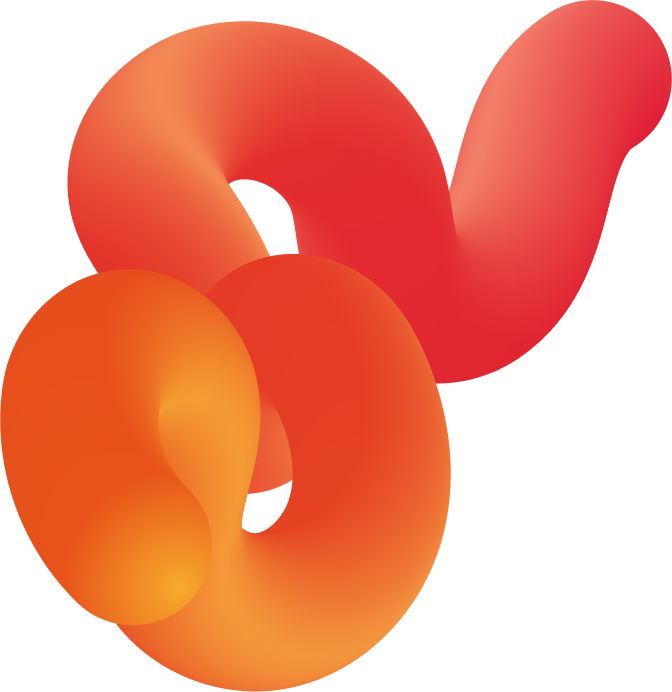Audio formats progressively gain popularity
A personal car or public transport, wired or wireless earphones, smart speakers or smart TVs. All these devices produce sounds that fill the lives we’re living in. It seems like we’re entering a new era, the era of sound. And it brings tremendous opportunities for audio advertisement.
According to a forecast by emarketer.com, an average adult living in the US soon will listen to 80+ minutes of digital audio (podcasts, streaming services) daily
Since 2016, people are consuming more and more audio content online. This trend is coupled with (or comes as a consequence of) intensive development of steaming services. Platforms like Deezer, Spotify, YouTube Music, Apple Music, and others have boomed since around 2015-2018.
It’s unlikely to be a pure coincidence.
But it’s not all about useful services. The very audio formats have raised their profile among users. Take podcasts, for example. They are becoming more and more popular across many platforms. Even podcasts on YouTube gain millions of views. There exist entire channels with millions of subscribers that publish solely podcasts. Media outlets from BBC to meduza.io also produce podcasts covering everything – from politics to parenting.
Similar things happen in Russia. Yandex and VKontakte were among the first to develop useful digital music services and introduce audio ads.
Quite possibly we are witnessing the beginning of a “golden age” of audio advertising, since programmatic allows to reach the target audience through streaming services.
Key market players like Yandex and Google are aware of it. They use their know-how to embrace this surging market.
Let’s see what Yandex has to offer, what Google promises, and what hybrid.ai has prepared you.
The nuts and bolts of audio ads
An audio ad typically constitutes an audio clip which lasts up to 30 seconds. Sometimes you can add a banner to it.
Audio creatives of this format are processed by an SSP in the same way as video creatives. The only difference is that they don't contain video sequences.
You would also need to verify the audio clip metadata. It is done with a tool called Video Ad Serving Template (VAST). VAST is typically used in online video ads. It also provides a common set of specifications needed for delivery and playback of audio announcements as well as for generating reports on various devices and platforms.
Yandex
Audio ads on the basis of real-time bidding became available at Yandex Direct, the company’s ad service, as early as September 2019. The ads are played back only on Yandex desktop and mobile services for users without subscription. Adjustments to ads can be made using sociodemographic targeting, geotargeting and segment targeting. Yandex also claims it enables targeting users by music style and tempo. The company suggests it can help match the listeners’ emotions and thus achieve better results. Besides audio clips marketers can use banners which will also be displayed in the respective services.
In August 2020 Google announced its new version of audio ads. Among new features are dynamic audio ad insertion and software monetization in Google Ad Manager.
Where does Google plan to use programmatic?
Google tests dynamic audio ads playback which will depend on how users interact with the content. For example, if a streaming audio is on, but the screen is blocked, only the audio version will be used. If the screen is in use, a video will be displayed.
In addition, Google launches Audio Mixer, a new tool for creating professional grade audio ads, which is meant to simplify audio content production.
What hybrid.ai has to offer?
Hybrid.ai has access to largest audio platforms in Russia, reaching more than 25 million monthly users. Moreover, we can place audio ads using programmatic inventory, which makes advertising simple and efficient.
Hybrid.ai has a profound expertise in programmatic techniques and triggers. Therefore, we can seamlessly embed your audio ads in the existing advertising activity creating a multichannel and measurable campaign.
Reporting according to VAST standard reflects all necessary metrics: number of listeners / number of listens / Geo / CTR / share of listens and clicks per platform.
Digital audio is set to remain trending over the next years. As smart speakers and streaming services upgrade, audio formats become more popular.
The rapidly developing audio ad channel is equally beneficial for marketers who wish to retain their audience as well as for those who seek to attract new customers.
Technically an audio campaign is no big deal: it can be easily and quickly set up with the help of conventional and proven programmatic inventory tools.



